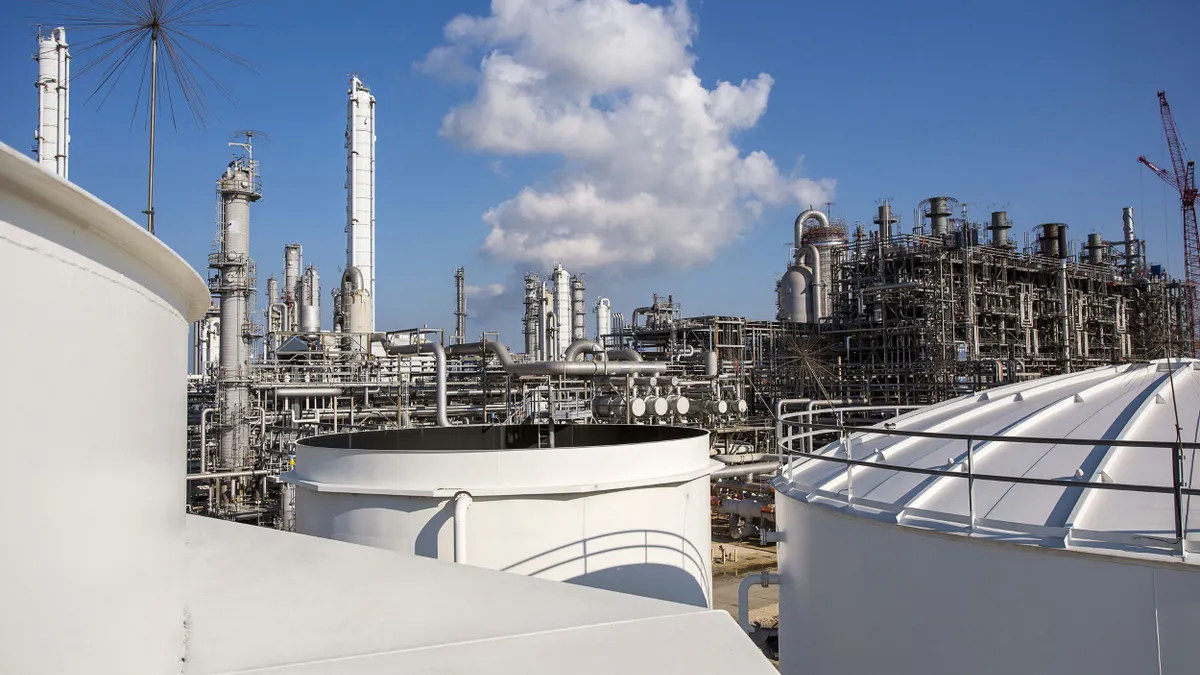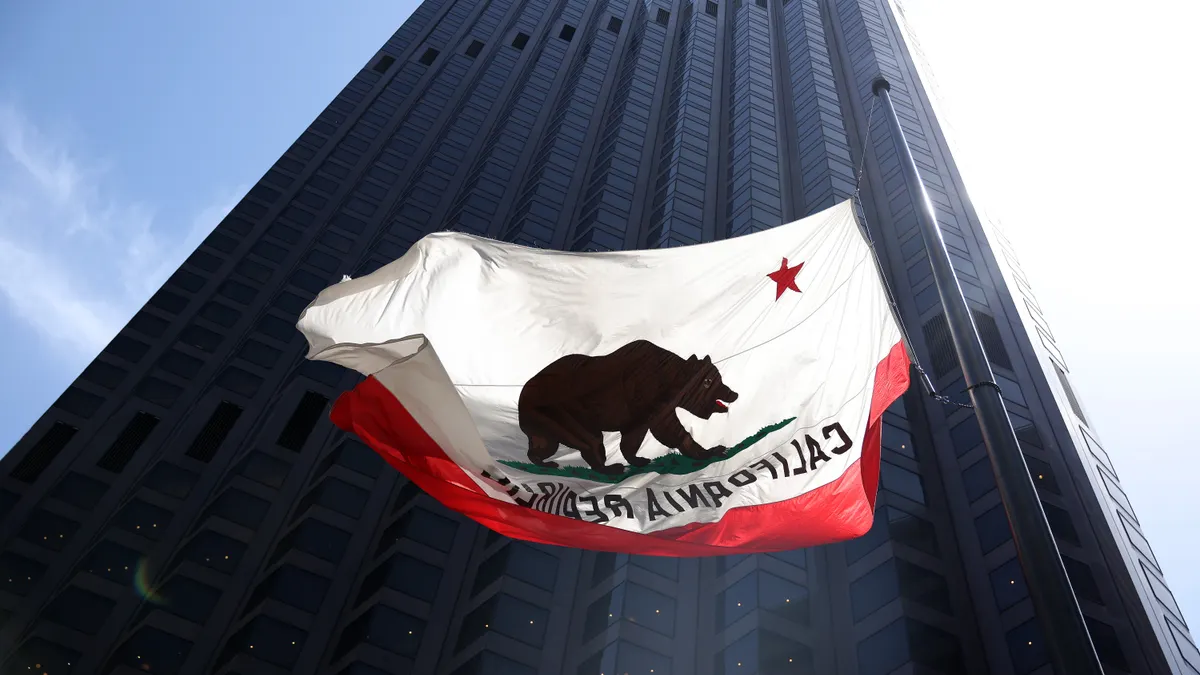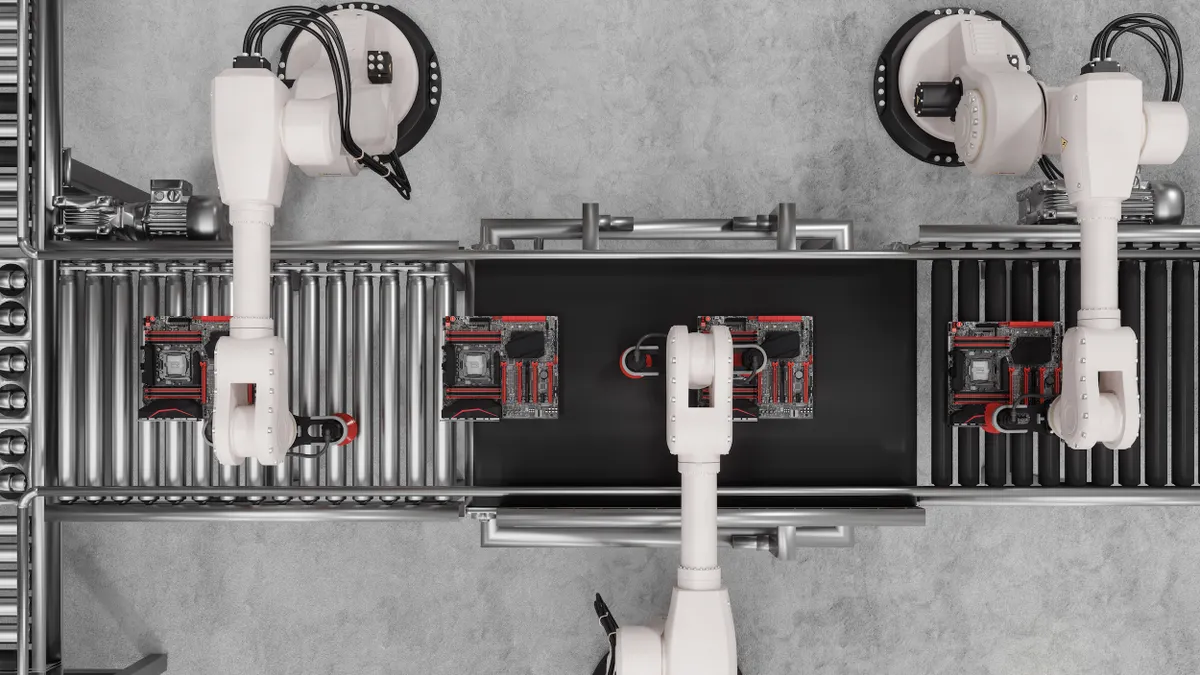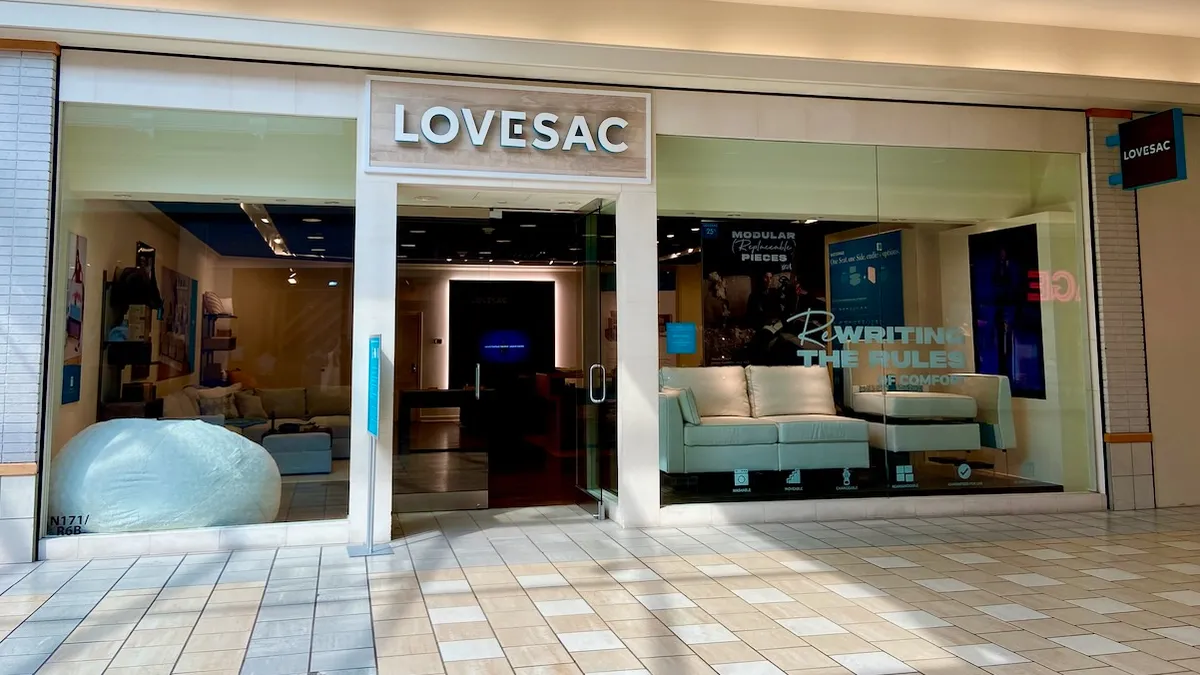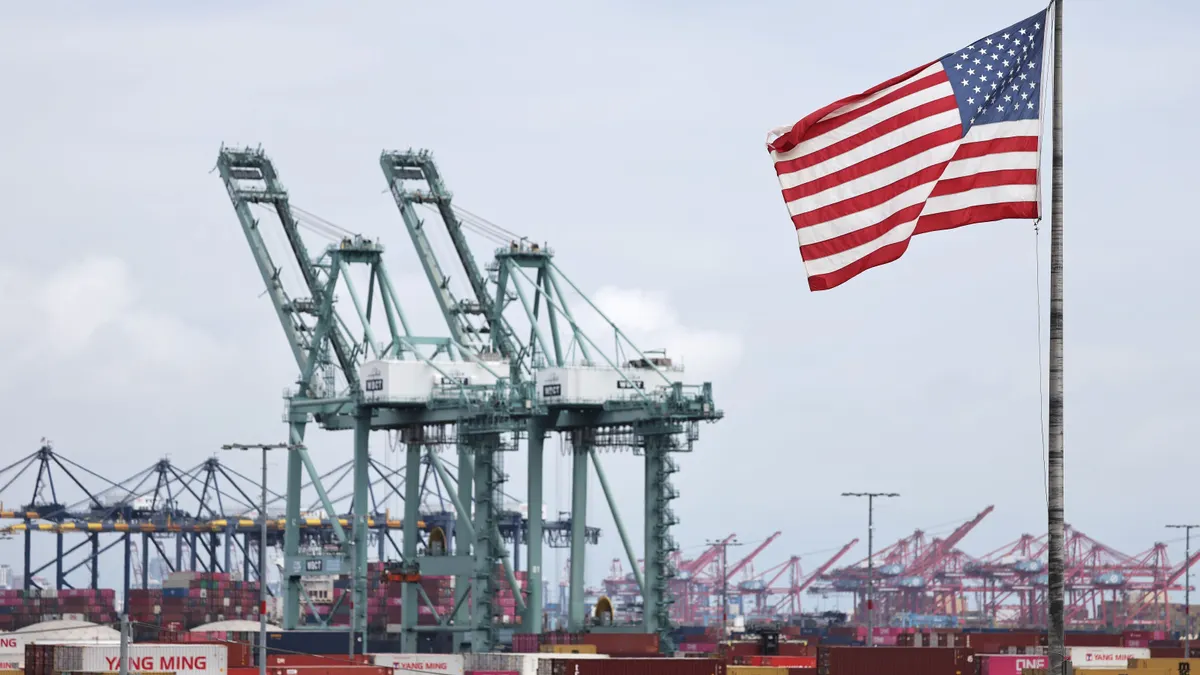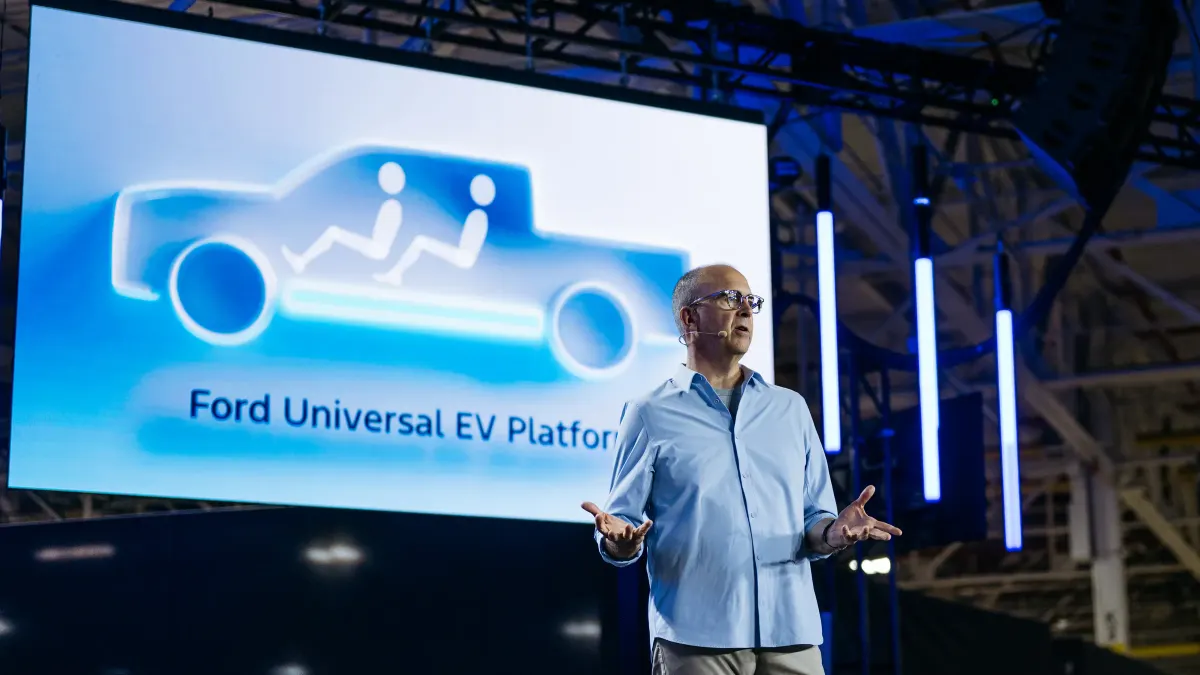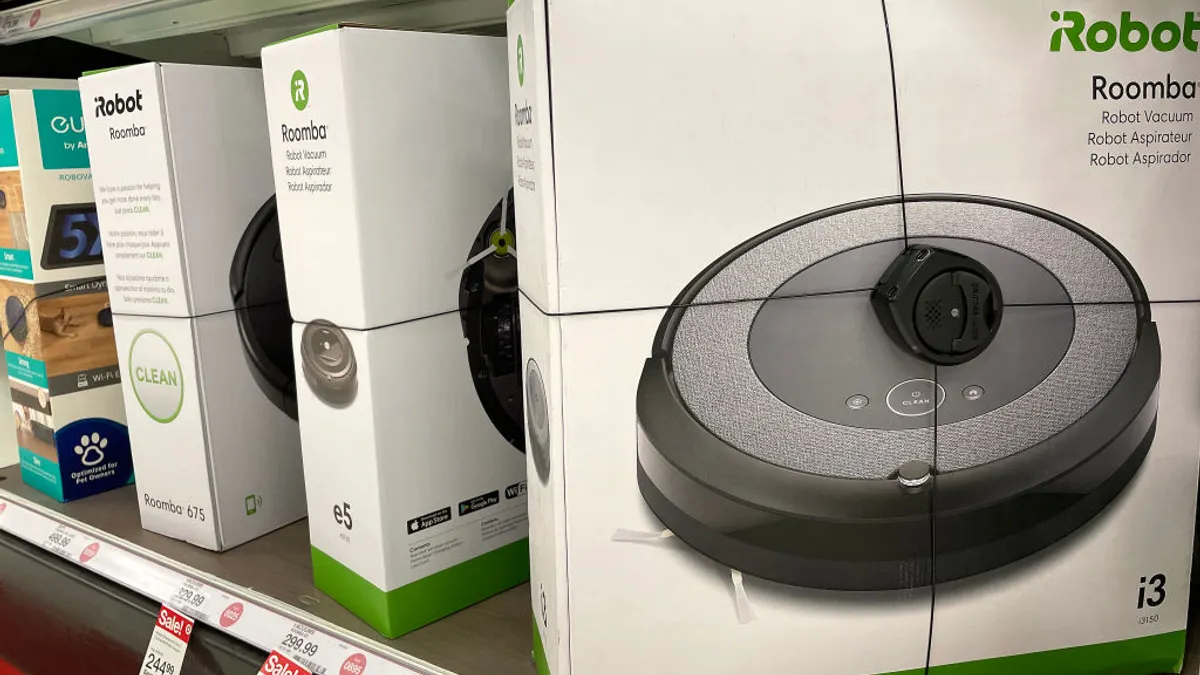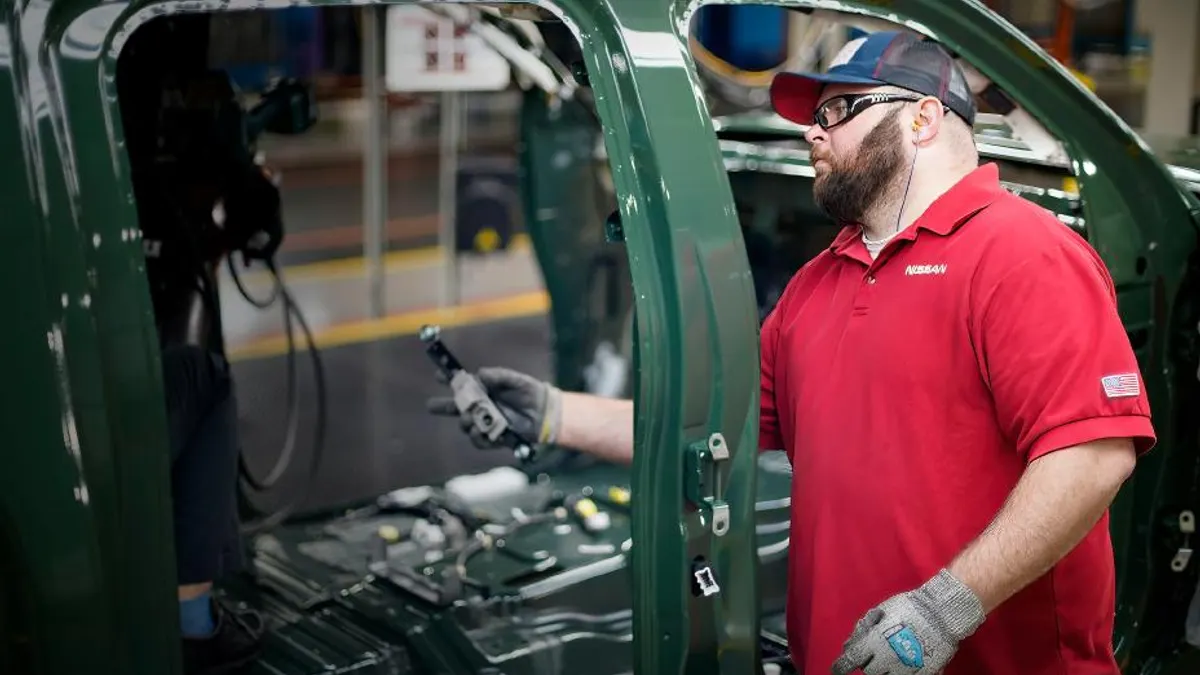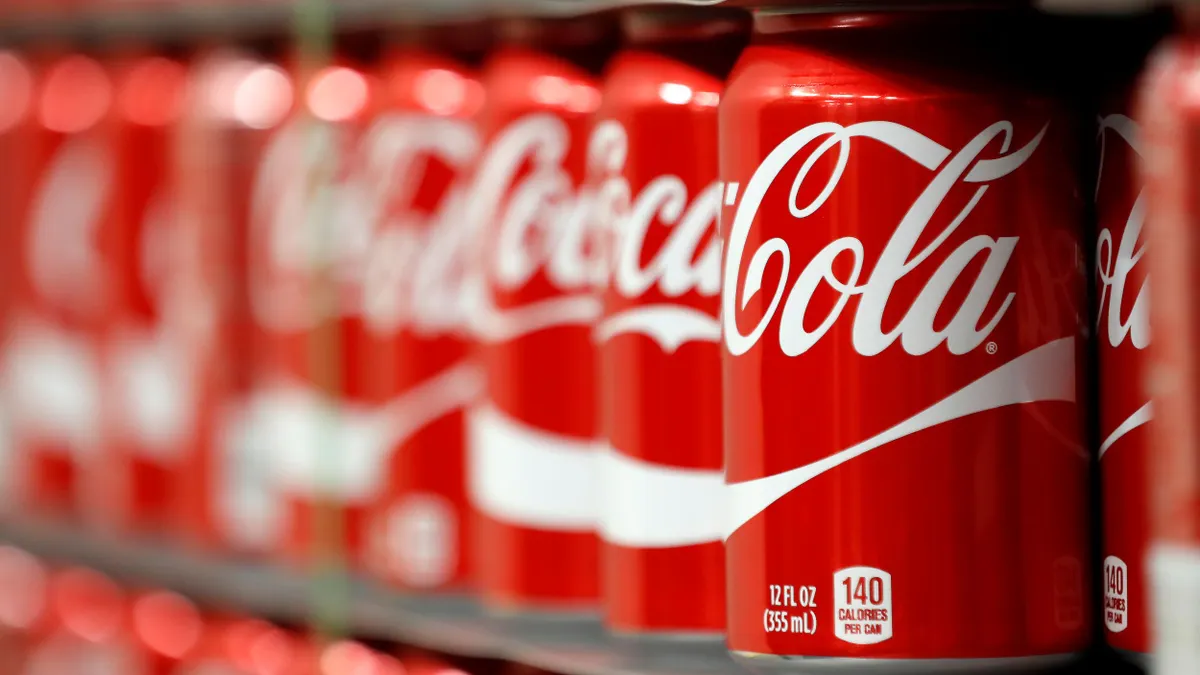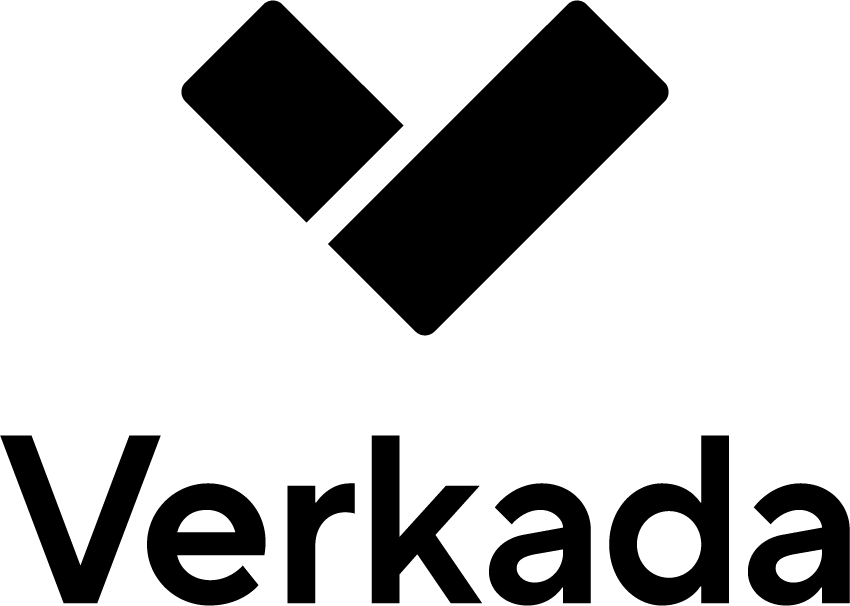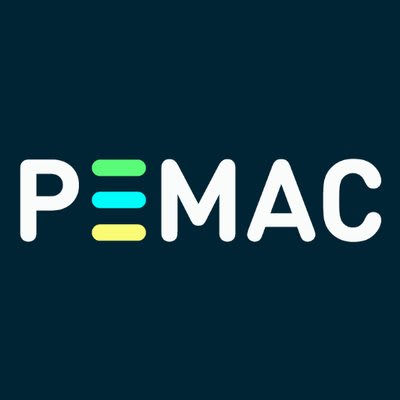President Donald Trump approved two-year exemptions for chemical manufacturing facilities and taconite iron and ore mines from two emission standards finalized last year.
The regulations implemented by the Environmental Protection Agency during the Biden-Harris administration were “burdens” on the manufacturing sectors that support critical industries such as steel, semiconductors and national defense systems, Trump said in his proclamations.
Both EPA rules fall under the Congress-mandated Clean Air Act’s National Emission Standards for Hazardous Air Pollutants (NESHAP) compliance monitoring legislation. The regulations require facilities to implement maximum achievable control technology (MACT) to help reduce emissions and reach the EPA’s standards. Trump argued that the technology is not yet available for chemical manufacturers and that it has not been demonstrated to work in the taconite industry.
The actions align with Trump’s efforts to reduce the scope of the federal government’s regulatory reach. The EPA launched an extensive deregulation effort on March 12, involving 31 actions aimed at reducing federal government oversight of climate-related rules, including air quality emissions standards. While the EPA continues to reconsider the regulations, the current rules allow chemical manufacturers and iron ore processors to apply for a two-year exemption from the rules.
However, using the exemptions will require proof that pollution control technologies are not available and that the move is in the interest of national security, Nicole Waxman, an attorney at environmental law firm Beveridge & Diamond, told Manufacturing Dive earlier this year.
“This action is a key step forward to necessary relief from several concerning parts of the Biden administration’s rule, which required significant capital expenditures and risked potential shutdowns with unworkable compliance deadlines,” the American Chemistry Council said in a July 18 statement.
Chemical manufacturers such as Dow, DuPont, BASF and Phillips 66 are listed in the proclamation as exempt from the EPA’s emission rule. Trump’s list also includes Denka Performance Elastomer, which has suspended production indefinitely at its LaPlace, Louisiana, chloroprene rubber manufacturing facilities. The Japan-based parent company, Denka, stated in May that the factories resulted in a loss of approximately $112 million, which it attributed to rising costs associated with federal emissions regulation compliance.
A facility on Trump’s exemption list is currently being investigated. The Chemical Safety and Hazard Investigation is probing Dow’s glycol II ethylene oxide finishing unit in Plaquemine, Louisiana, where explosions occurred and released the toxic gases and other compounds in July 2023. There was substantial property damage but no injuries, the agency said.
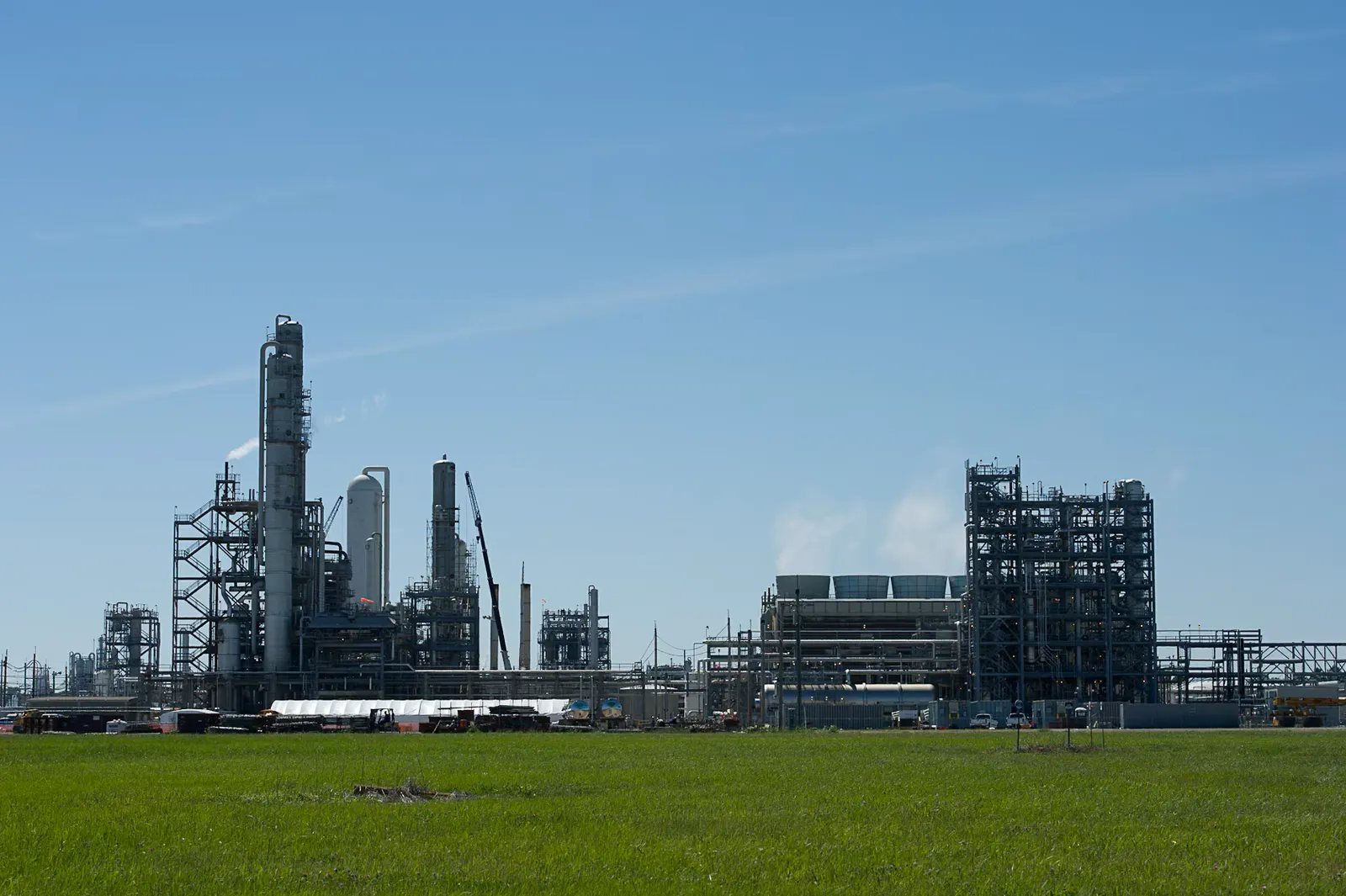
The CSB has investigated a handful of other facilities for past incidents, including a fire that led to a release of hydrofluoric acid at CITGO’s refinery in Corpus Christi, Texas; nitrogen asphyxiation that killed one worker at Dow subsidiary Union Carbide’s plant in Hahnville, Louisiana; and a forklift collision with a liquid propylene line that released and caused an explosion at Formosa Plastics’s facility in Point Comfort, Texas.
One of the Biden-era EPA rules, the Hazardous Organic NESHAP — or HON — would significantly reduce toxic emissions from chemical plants, including cutting nearly 54 tons of ethylene oxide (EtO) and 14 tons of chloroprene annually, according to an EPA fact sheet. EtO is an odorless gas that’s used to sterilize medical devices and manufacture products such as antifreeze and polyester fibers. Chloroprene is used to produce water-resistant synthetic rubber, known as neoprene.
The two substances are classified as human carcinogens, according to the American Cancer Society. The regulation aimed to protect underserved communities located near chemical facilities that emit harmful air pollutants. A handful of chemical facilities listed in Trump’s exemption proclamation are located in a part of Louisiana called “Cancer Alley.”
The HON rule took effect on July 15, 2024, and chemical manufacturers have two years to meet EtO requirements and 90 days to comply with the chloroprene standards. The EPA also released a list of facilities covered by the HON regulation.
The other NESHAP rule focused on taconite iron ore processing plants and aimed to strengthen existing limits on harmful acid gases, such as hydrogen chloride, as well as establish new limits on mercury emissions from taconite iron ore facilities.
The regulation was expected to reduce mercury emissions by about 247 pounds per year. Mercury may impact the nervous, digestive and immune systems as well as lungs, kidneys, skin and eyes, according to the World Health Organization.
The majority of the exempted taconite iron ore facilities are located in Michigan and Minnesota and owned by steel makers Cleveland-Cliffs and United States Steel.
In addition to chemical and iron ore facilities, Trump also approved two-year delays for medical device sterilizers, exempting them from the EPA’s EtO regulation restricting the hazardous gas.



